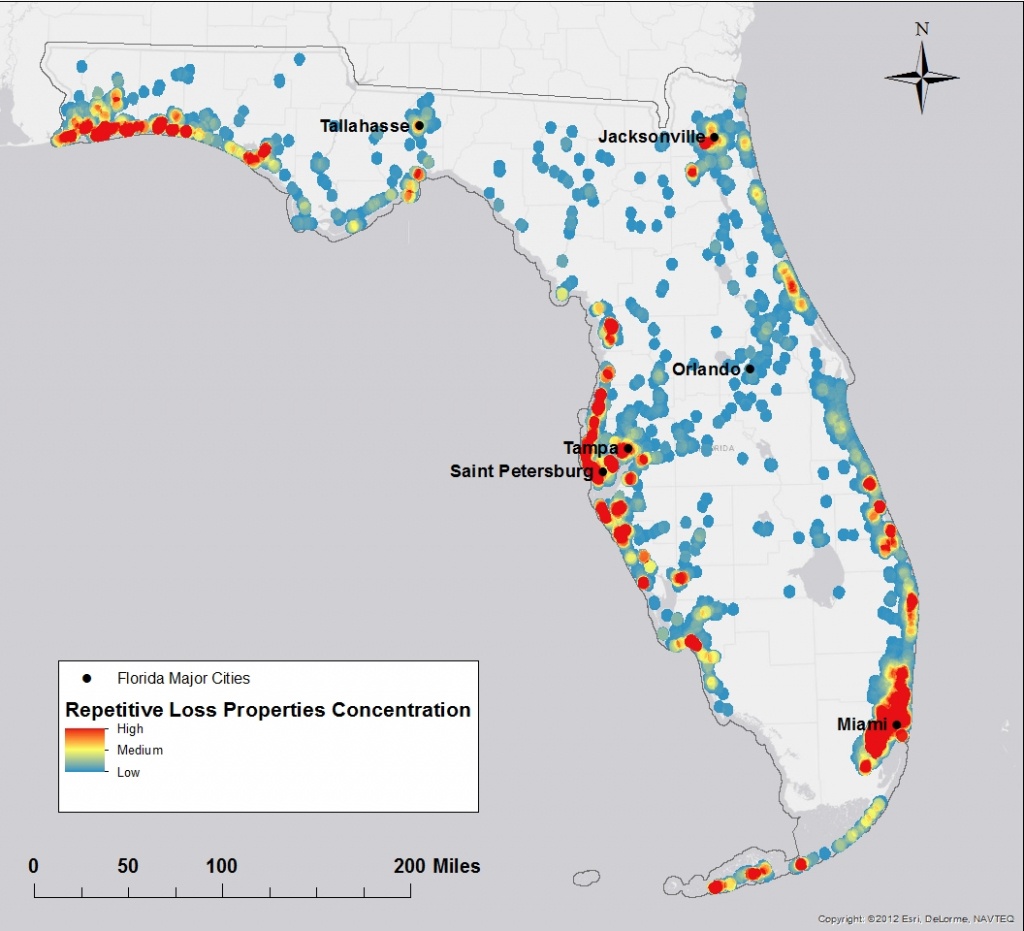


FEMA Flood ZonesĪ: Areas subject to inundation by the 1-percent-annual-chance flood event are generally determined using approximate methodologies. Definitions for all FEMA flood zones are provided in the table below. These zones could still have flood risk as historically more than 20% of NFIP claims are made by policyholders in an X, B, or C zone. FEMA’s low and moderate-risk flood zones – those outside the SFHA – are those that begin with the letters “X,” “B,” or “C.” Flood insurance is not required within these zones. The SFHA designation is important because it is the basis for floodplain management regulations for communities across the country and because it decides whether a home is required to have flood insurance or not.įEMA’s high-risk flood zones – those that make up the SFHA – are those that begin with the letters “A” or “V.” Homeowners located in A or V zones are required to purchase flood insurance if they have a mortgage from a federally-backed or federally-regulated lender. As a result, FEMA maps the areas with a 1% annual chance of flooding. In developing zone maps, FEMA focuses primarily on identifying the 1-percent annual chance floodplain (also known as the 100-year floodplain, Special Flood Hazard Area, or SFHA). Search your address to learn how flood zones might impact you. FEMA creates FIRMs to inform flood insurance pricing in the National Flood Insurance Program (NFIP) and to guide floodplain management regulations for NFIP-participating communities. Learn about the definitions of FEMA Flood Zones and the differences between them.įederal Emergency Management Agency (FEMA) Flood MapsįEMA maps flood zones in communities across the US, identifying areas of varying flood risk on Flood Insurance Rate Maps (FIRMs).


 0 kommentar(er)
0 kommentar(er)
